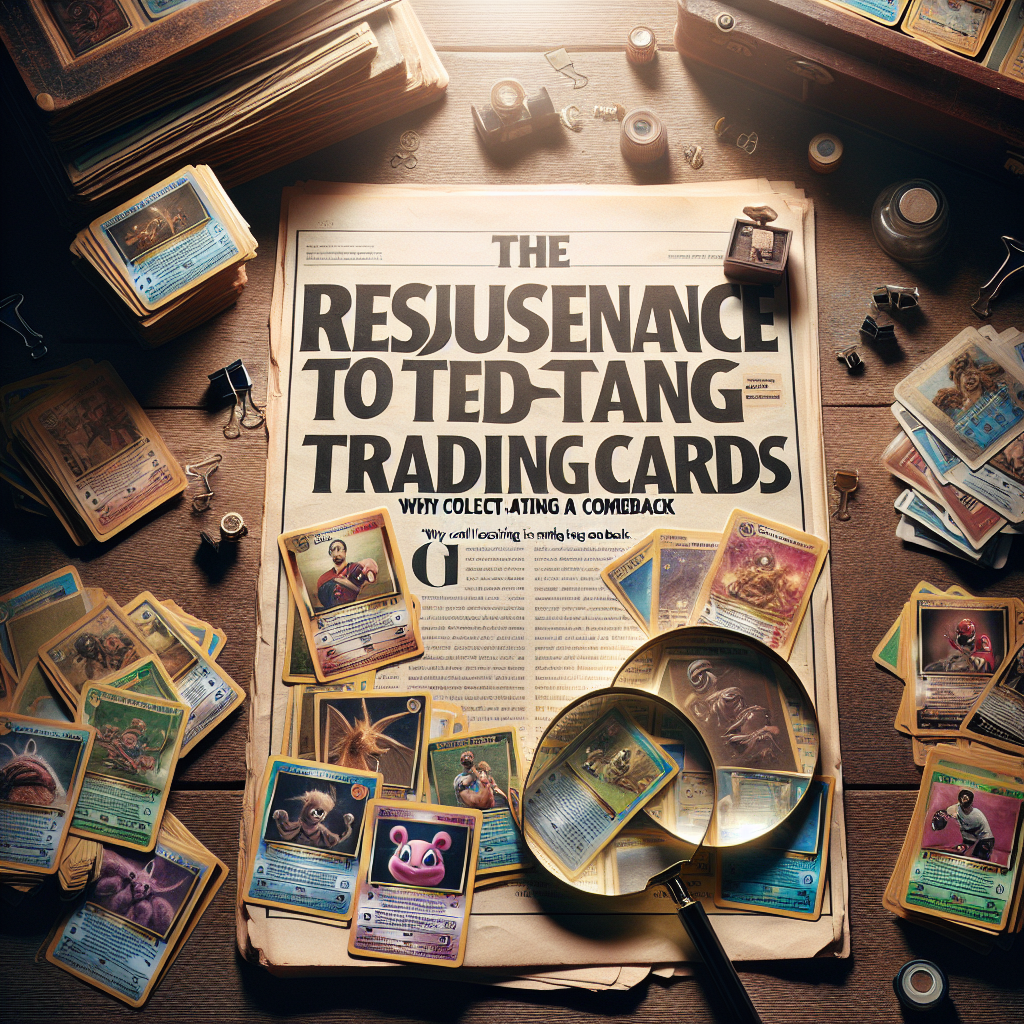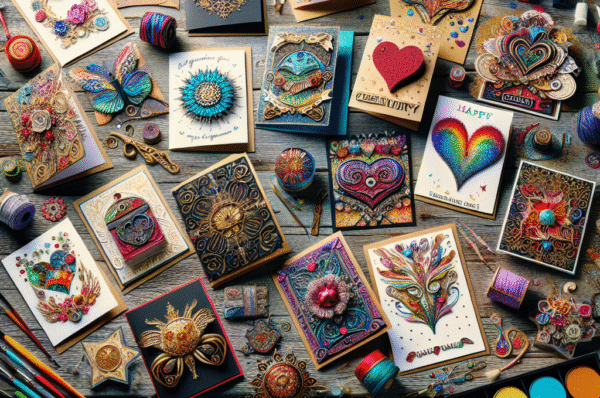In recent years, what many thought to be a relic of childhood nostalgia has sparked a resounding resurgence: trading cards. From Pokémon and Magic: The Gathering to sports cards featuring basketball legends and baseball icons, the collecting phenomenon has re-established itself as a prominent subculture. Despite living in an increasingly digital age, the tactile allure of tangible collectibles has captivated new generations and reignited passion among seasoned collectors. So, what factors are propelling this renaissance of trading card collecting?
Nostalgia and Childhood Memories
One of the most profound catalysts for the resurgence of trading cards is nostalgia. Many of today’s adult collectors grew up in the ‘80s and ‘90s when trading cards were a staple of childhood. The joy of tearing open a pack, trading cards with friends, and the anticipation of discovering rare gems created cherished memories. This nostalgia is not just personal; it resonates across social media platforms where childhood stories are shared by collectors and influencers, celebrating the joy of collecting.
Brands have capitalized on this wave of nostalgia, producing reprints of classic cards and special anniversary editions. This has allowed older collectors to reconnect with their past, while also inviting younger generations to experience the thrill.
The Digital Age: A New Platform for Collecting
The relationship between trading cards and technology is complex. While trading cards themselves are physical objects, the internet has transformed how collectors buy, sell, and showcase their collections. Digital marketplaces like eBay and specialized trading platforms make it easier than ever to connect buyers and sellers. Moreover, social media platforms like Instagram and TikTok have enabled collectors to share their passion, post unboxing videos, and discuss strategies.
Websites and apps dedicated to trading cards now offer real-time pricing guides, trends, and news. The concept of “Virtual Trading Cards” has also emerged, blending physical collecting with digital ownership, driving interest from tech-savvy collectors. For many, trading cards have transcended mere collections; they’ve become a way to connect with a global community.
Investment Opportunities
Another compelling element in the resurgence of trading card collecting is its growing appeal as an alternative investment. With traditional investment avenues becoming increasingly volatile, more individuals are turning to collectibles as a tangible asset. Reports of ultra-rare cards selling for significant sums—some even fetching millions at auction—have bolstered the perception of trading cards as viable investment options.
Collectors and experts alike see potential in trading cards as a hedge against inflation. Enthusiasts often highlight the rarity and historical significance of certain cards, reflecting their potential for price appreciation over time. These factors have positioned trading cards as not just a hobby but a serious investment opportunity.
The Cultural Phenomenon of YouTube and Streaming
In the age of streaming, platforms like YouTube and Twitch have become cultural cornerstones for hobbyists and collectors. Channels dedicated to trading cards engage audiences through live box breaks, pack openings, and analysis of market trends. Collectors share tips, strategies, and personal experiences, demystifying the collecting process for newcomers.
This phenomenon has fostered communities around trading cards, where engagement leads to a supportive environment for sharing knowledge and experiences. Collectors are no longer alone in their pursuits; they are part of a vibrant culture with live discussions, tutorials, and events.
The Role of Competitive Play
Trading card games like Magic: The Gathering, Yu-Gi-Oh!, and Pokémon have robust competitive scenes that keep the interest alive and thriving. Tournaments, both in-person and online, draw enthusiasts who vie for titles and valuable prizes, further fostering a culture of collecting and competition. For many, playing the game is just as rewarding as collecting the cards themselves.
Additionally, the rise of "set releases" keeps the excitement fresh as players chase new mechanics and cards to enhance their decks. The connection to competition ensures that trading cards are not merely collectible but integral to an ongoing and dynamic community.
Conclusion
The resurgence of trading cards speaks to a collective yearning for connection, nostalgia, and tangible experiences in an increasingly digital world. With social media amplifying voices across generations, e-commerce making transactions effortless, and growing recognition of their investment potential, trading cards have once again captured the imagination of countless enthusiasts.
As this collecting culture continues to evolve, one thing is certain: the charm of trading cards endures, consistently inviting new players and collectors to join the fold. Whether driven by nostalgia, investment potential, or the thrill of competition, the phenomenon of trading cards is not just a comeback; it is a testament to the enduring appeal of collecting that bridges generations and fosters vibrant communities.




